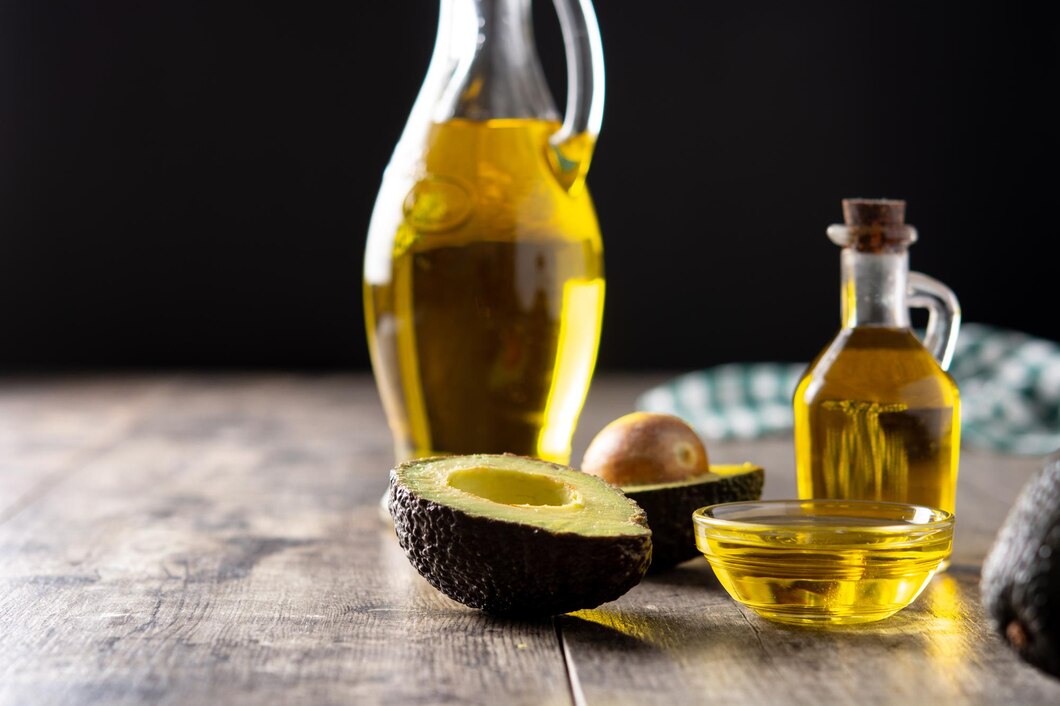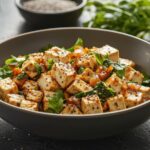Butter is a staple in many kitchens, known for adding richness and flavor to a variety of dishes. However, whether due to dietary restrictions, lactose intolerance, or vegan preferences, many people seek dairy-free alternatives to butter. Here are five excellent substitutes for butter in dairy-free cooking that maintain flavor and texture in your recipes.
1. Coconut Oil
Overview: Coconut oil is a versatile substitute for butter, particularly in baking. It has a rich, slightly sweet flavor that complements both sweet and savory dishes.
How to Use: Use coconut oil in a 1:1 ratio as a substitute for butter. If a recipe calls for melted butter, use melted coconut oil. For solid butter, use solid coconut oil.
Benefits: Coconut oil is rich in medium-chain triglycerides (MCTs), which can boost metabolism and provide quick energy. It is also suitable for high-heat cooking.
Best For: Baking cookies, cakes, sautéing vegetables, and frying.
2. Olive Oil
Overview: Olive oil is a heart-healthy fat that works well as a butter substitute in cooking and baking. Its distinct, robust flavor can enhance the taste of many dishes.
How to Use: Replace butter with olive oil using a 3:4 ratio (e.g., for 1 cup of butter, use 3/4 cup of olive oil). Olive oil works best in recipes where a liquid fat can be easily incorporated.
Benefits: Olive oil is high in monounsaturated fats, which are beneficial for heart health. It also contains antioxidants and anti-inflammatory properties.
Best For: Sautéing, roasting, salad dressings, and some baked goods like muffins and bread.
3. Avocado
Overview: Avocado is a creamy, nutrient-dense fruit that can be mashed or puréed to replace butter. It adds a subtle flavor and moisture to dishes.
How to Use: Substitute butter with an equal amount of mashed avocado. It works particularly well in recipes that require creaming butter and sugar together.
Benefits: Avocados are high in healthy fats, fiber, vitamins, and minerals. They also contain antioxidants and promote heart health.
Best For: Baking brownies, cakes, and cookies, as well as spreading on toast or sandwiches.
4. Applesauce
Overview: Unsweetened applesauce is a popular low-fat substitute for butter, especially in baking. It adds moisture and a slight sweetness to recipes.
How to Use: Replace butter with applesauce in a 1:1 ratio. Since applesauce is liquid, it’s best used in recipes where the texture of the finished product can be more moist and dense.
Benefits: Applesauce is low in calories and fat while adding fiber and natural sweetness. It also helps to retain moisture in baked goods.
Best For: Muffins, cakes, quick breads, and pancakes.
5. Nut and Seed Butters
Overview: Nut and seed butters, such as almond butter, peanut butter, and sunflower seed butter, can add richness and flavor to both sweet and savory dishes.
How to Use: Substitute butter with an equal amount of nut or seed butter. This works well in recipes where the flavor of the nut or seed butter complements the other ingredients.
Benefits: These butters are rich in healthy fats, protein, and various vitamins and minerals. They add a creamy texture and a nutty flavor to dishes.
Best For: Baking cookies, making sauces, spreading on toast, and incorporating into smoothies.
Switching to dairy-free cooking doesn’t mean you have to sacrifice flavor or texture. Coconut oil, olive oil, avocado, applesauce, and nut and seed butters are all excellent substitutes for butter. Each of these alternatives brings its own unique benefits and can enhance your dishes while keeping them dairy-free. Experiment with these substitutes to find the best fit for your favorite recipes and enjoy the health benefits they offer.








